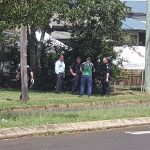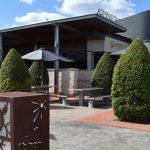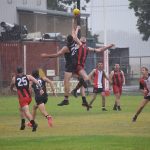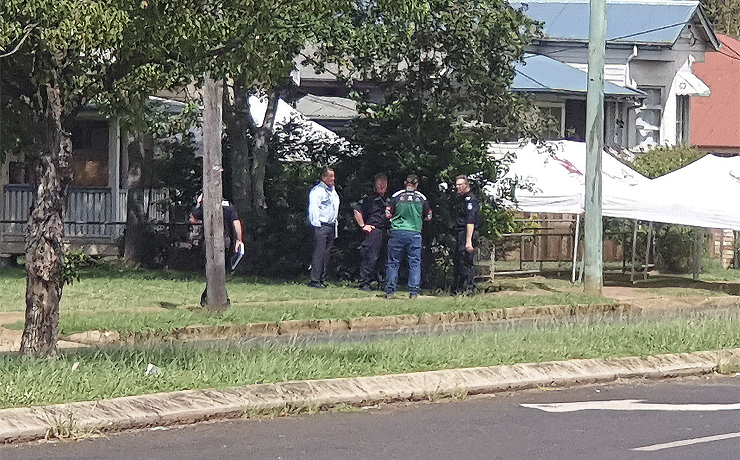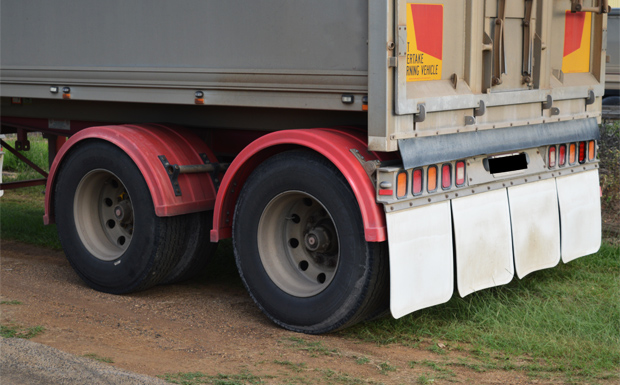January 24, 2022
Surveys of members by two unions have painted a devastating picture of life inside aged care facilities in Queensland trying to cope with outbreaks of Omicron.
The latest Federal Government data (1.39Mb PDF) shows that on January 20 there were 7861 aged care residents (including 1309 in Queensland) and 11,198 aged care staff (including 2366 in Queensland) with active COVID-19.
In comparison, data released on January 14 showed these figures at 3208 residents (367 Qld) and 3806 staff (620 Qld).
* * *
The United Workers Union released firsthand accounts on Monday from its members.
The union surveyed 900 workers, including almost 400 in Queensland, with more than 80 per cent reporting on the impact of working in facilities with outbreaks of Omicron.
The UWU said Omicron had created chaos in aged care facilities nationally, putting pressure on “an already understaffed, low-paid and exhausted workforce”.
The union said workers had reported breakdowns in infection control processes and harsh impacts on residents, with one-in-ten reporting they were being asked to work even when they were ill:
“Residents are being put at risk because of the critical understaffing in the facility” – Aged care worker, Queensland.
“We have staff being moved from between the COVID-affected areas to non-infected areas and the management is turning a blind eye so they can say there was staff” – Aged care worker, Queensland.
“I worked closely with a staff member for a whole day who tested positive and I asked if they had any RAT tests so I don’t put residents in danger. They said they only had two and don’t want to use them on me because I was wearing an N95 mask so I wasn’t deemed a close contact … The whole aged care sector right now has gone from terrible to horrifying” – Aged care worker, Queensland.
The union said workers had detailed a struggle to get adequate PPE. More than a third or respondents to the survey said say they either did not have any PPE or it was highly limited and likely to run out; 56 per cent of workers say they were not being tested for COVID-19 at all.
One-third of workers did not feel confident they knew how to manage COVID-positive residents.
The workers painted a picture of a demoralised workforce being pushed beyond its limits, facing high pressure to work extra shifts and extra days without any boosted pay or recognition.
Almost 80 per cent of workers report they are stressed, exhausted and confused by the constantly changing demands of Omicron.
And almost 60 per cent reported they were frequently being asked to work double shifts.
UWU is demanding that aged care workers get regular access to testing, a special COVID wage top-up, paid pandemic leave, appropriate PPE and infection control processes and a national response to the aged care staffing crisis.
* * *
A survey earlier this month by a different union, the Health Services Union, detailed similar problems, citing chronic understaffing, excessive workloads and extended shifts in aged care facilities across Australia.
The HSU survey of more than 1000 workers found:
- 82 per cent believe their facility was unprepared for the Omicron “let it rip” approach
- 90 per cent were experiencing understaffing
- 84 per cent were experiencing excessive workloads
- 36 per cent were working in facilities which had implemented 12-hour shifts
Staff also reported working 16-hour shifts, working seven days consecutively, staff without food safety qualifications working in kitchens and a shortage of PPE and rapid antigen tests.
Further, 39 per cent of members have had to isolate due to exposure and only 16 per cent of those had access to paid isolation leave.







